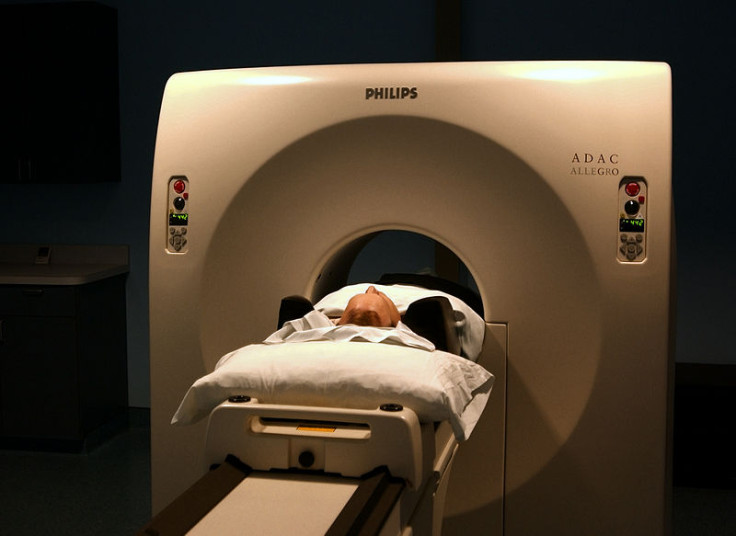Huge helium gas field found in Tanzania puts off fears of shortage
The Tanzanian East African Rift Valley could have a probable resource of 54 billion cubic feet of helium gas.

A huge helium reserve has been discovered in east Africa that researchers termed as a "life-saving find" because the rarely found gas is in huge demand for a variety of purposes. It is used in MRI scanners in medicine, in welding, in industrial leak detection and in the field of nuclear energy. The known reserves of the precious gas are approaching exhaustion and there were fears of increasing shortage, which following this discovery has been put to rest.
The discovery was made by a research group from Durham and Oxford universities working with Norway-headquartered helium exploration company Helium One. The group developed a brand new gas exploration approach that resulted in the discovery of a huge helium gas field in Tanzania.
Professor Chris Ballentine from the department of Earth Sciences at the University of Oxford, said that calculations by independent experts indicate that the Tanzania gas field could have a probable resource of 54 billion cubic feet (BCf) "in just one part of the rift valley". He added that the amount is enough to fill over 1.2 million medical MRI scanners. So far, helium has been accidentally discovered in small quantities while drilling oil and gas, but it has never been searched "intentionally", researchers said. Research on the new gas exploration approach showed that volcanic activities in the Tanzanian East African Rift Valley have released helium from ancient deep helium-bearing rocks and trapped it in shallower gas fields.
"To put this discovery into perspective, global consumption of helium is about 8 BCf per year and the United States Federal Helium Reserve, which is the world's largest supplier, has a current reserve of just 24.2 BCf. Total known reserves in the USA are around 153 BCf. This is a game changer for the future security of society's helium needs and similar finds in the future may not be far away," Ballentine said.
Diveena Danabalan, a PhD student at Durham University who will present the research findings at the Goldschmidt geochemistry conference in Yokohama, Japan, said, "We show that volcanoes in the Rift play an important role in the formation of viable helium reserves. Volcanic activity likely provides the heat necessary to release the helium accumulated in ancient crustal rocks. However, if gas traps are located too close to a given volcano, they run the risk of helium being heavily diluted by volcanic gases such as carbon dioxide, just as we see in thermal springs from the region."
The student added that currently they are working to identify the "goldilocks-zone" between the ancient crust and modern volcanoes where they believe the balance between helium release and volcanic dilution is "just right".
Professor Jon Gluyas, Department of Earth Sciences, Durham University, said, "This is an outstanding example of industry and academia working together closely to deliver real value to society. The impact of this and expected future helium discoveries will secure supply for the medical scanning and other industries."
Dr Pete Barry, Department of Earth Sciences, University of Oxford, who sampled the gases, noted that the methodology that they used could be applied to other parts of the world that have a similar geological history to uncover new helium resources.
"Excitingly, we have linked the importance of volcanic activity for helium release with the presence of potential trapping structures and this study represents another step towards creating a viable model for helium exploration. This is badly needed given the current demand for helium," Barry said.
© Copyright IBTimes 2025. All rights reserved.





















